“The theoretical basis is outdated”
The world's leading cosmologists are gathering to question generally accepted ideas about the Universe. The meeting at the Royal Society of London will examine the basic model, first formulated in 1922, in which the universe is a vast, flat space with no discernible features.
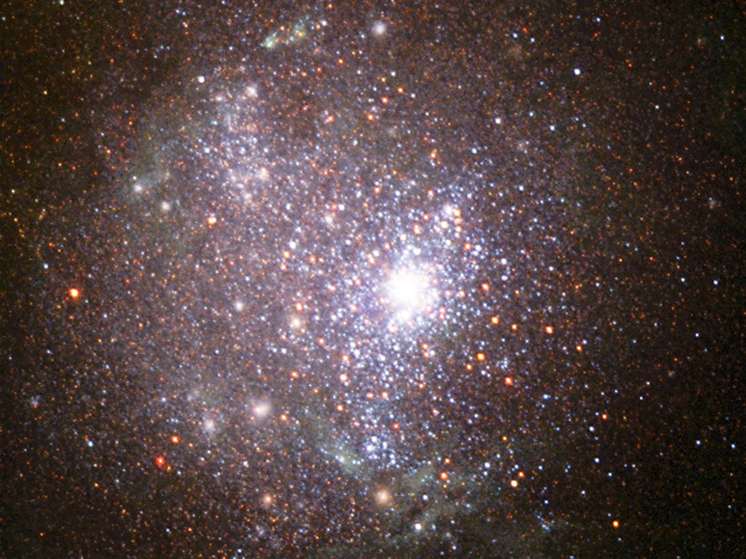
If you zoom in on the universe much larger than planets, stars, or galaxies, you end up looking at a vast, evenly pockmarked expanse with no notable features. At least that's what is commonly believed, writes The Guardian.
The principle that everything looks the same everywhere is the fundamental basis of the standard model of cosmology, which is designed to explain the big bang and how the universe has evolved since then. since 13.7 billion years.
But this week the Royal Society of London will host a meeting of the world's leading cosmologists that will ask the question: what if this basic assumption is wrong?
According to Professor Subir Sarkar, a cosmologist at the University of Oxford and co-organizer of the meeting, the meeting came after a series of high-profile astronomical observations challenged conventional wisdom.
“In cosmology we use a model that was first formulated in 1922,” he said. “We have excellent data, but the theoretical basis is outdated. More and more people are saying the same thing, and they are respected astronomers.”
The conference, writes The Guardian, will bring together some of the scientists behind the recent anomalous findings. These include observations that suggest the universe is expanding faster in some regions than others, hints of megastructures in the night sky, and evidence of cosmic streams—vast celestial rivers of matter on scales that cannot be easily accounted for by traditional theories.
Dr. Nathan Secre of the US Naval Observatory, collaborating with Sarkar, presents findings that raise the possibility that the universe is slightly lopsided. After analyzing a catalog of more than 1 million quasars (extremely bright galactic nuclei), the team found that one hemisphere of the sky appears to have about 0.5% more sources than the other.
This may seem like a minor discrepancy, but if confirmed, Sarkar says it would undermine the foundations of dark energy, which is believed to be the dominant component of the universe. “That would mean that two-thirds of the universe would simply disappear,” Sarkar said.
Dr Konstantinos Migkas from Leiden University will share findings that the Hubble constant — the rate at which the Universe is expanding — appears to vary across space. “Our results add another problematic piece to the puzzle,” Migkas said. At least on a local scale, this suggests that the observations do not match the predictions of the standard model. “We can't extrapolate this to the whole universe,” he added.
Alexia Lopez, a PhD student at the University of Central Lancashire, discovered what appears to be cosmic megastructures called the Great Ring and the Giant Arc. These shapes, characteristic of galaxies and galaxy clusters, occur on a scale beyond which the Universe should be smooth and virtually featureless.
“When we find a list of structures larger than this scale, do they challenge this assumption, which is so fundamental in cosmology? — notes Alexia Lopez. “Perhaps a more thorough critique of our standard model is needed.”
Sarkar suggests that belief in the standard model of cosmology is so deeply ingrained that it is treated as a “religion.” “Frankly, I'm annoyed that this principle hasn't been tested,” he said, although not everyone agrees with that characterization.
Professor George Efstathiou, an astrophysicist at the University of Cambridge who represents a more skeptical view at the conference, said it was not true that the model had not been questioned many times. “People accuse me of defending the model,” he said. “But what they don't understand is how much time I spent trying to disprove it. I completely disagree that there is any groupthink.”
Efstathiou says that despite the interest, none of the anomalies presented were convincing enough to disprove standard theories. “The question is, how reliable is the data?” — he said. For example, the purported one-sidedness of the universe may be due to the need to use multiple telescopes to observe different hemispheres of the sky, so that analyzing the data for patterns will inevitably reveal what appear to be anomalies, he suggested. “I definitely don't believe in the Great Circle in the sky,” he said.
Professor Wendy Freeman, who presented new data from the James Webb Space Telescope, said: “There are all these tantalizing results that have different levels of significance. We need more research to understand where the standard model fails, if at all. I don't think there's any obvious thing that will stand the test of time.”
This kind of robust debate is encouraged at the conference. “I'm looking forward to a robust debate,” says Sarkar. “Let them do their best.”







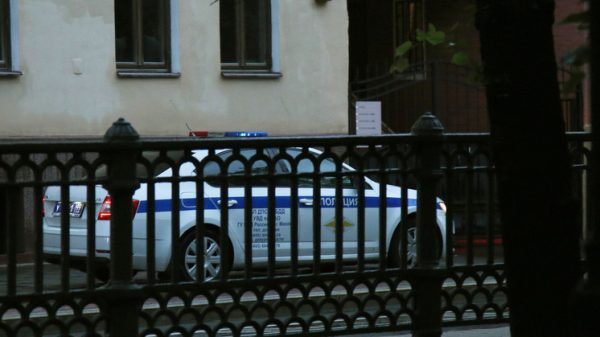











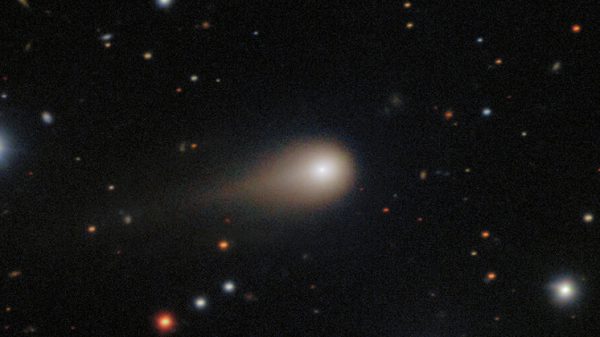




















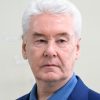









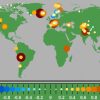



Свежие комментарии